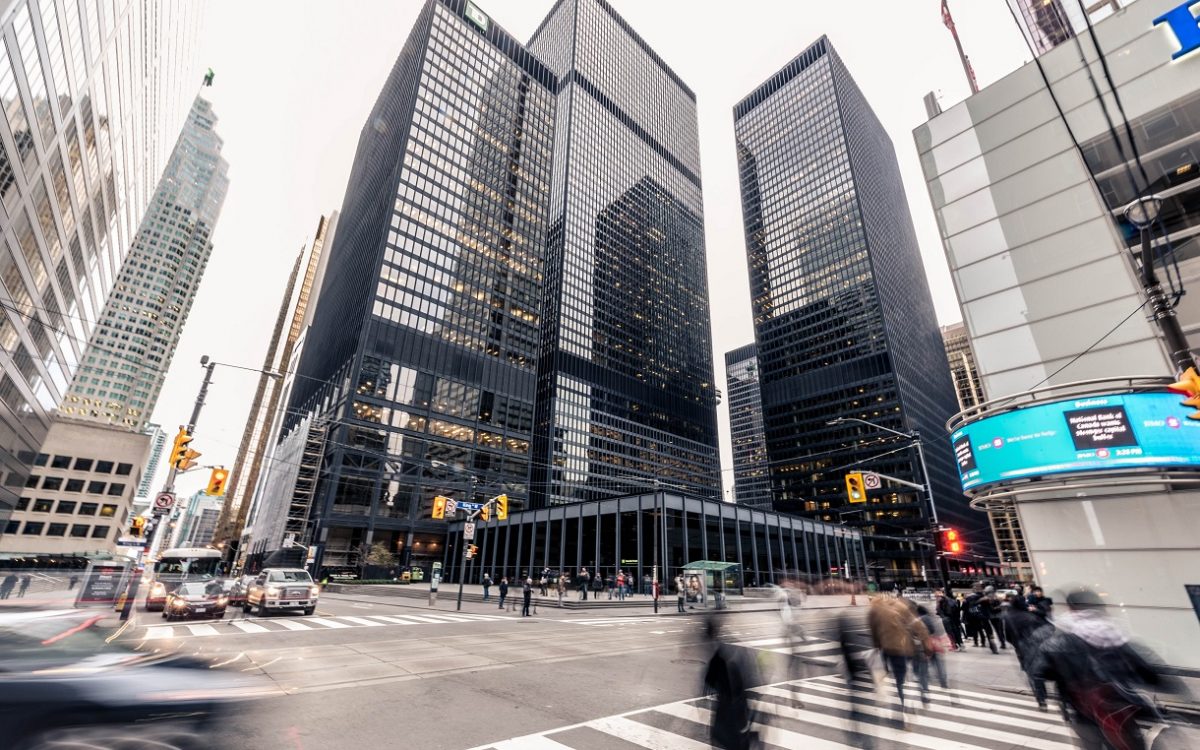The plaintiff’s home was damaged following a large rainfall in spring 2017. The previous owner had built a rear addition on the home in 1981. The City of Vaughan issued a building permit to the previous owner without obtaining the approval of the Toronto and Region Conservation Authority (TCRA) as required by applicable legislation. The plaintiff claimed against the City, alleging that the City was negligent in a matter that created a situation where damage of this nature was likely to occur. The City brought a motion for summary judgment, arguing that the action was barred by the Limitations Act, 2002. Justice Papageorgiou granted the motion and dismissed the action. Justice Papageorgiou held that the action was barred by both the two-year basic limitation period and the 15-year absolute limitation period.
In terms of objective knowledge of a claim against the City, Justice Papageorgiou found that it arose in 2013 then the plaintiff obtained a report stating that the home was built on fill that was unsuitable for supporting structures. In terms of actual knowledge of the claim, Justice Papageorgiou found that it arose in October 2017 when the plaintiff filed a claim for compensation with the City. Alternatively actual knowledge arose in December 2017 when the plaintiff told an adjuster that he thought the City was liable because it allowed the house to be constructed in a dangerous manner. The absence of TCRA approval was not something that was a hidden defect – it could have been ascertained by asking the TCRA or the City.







